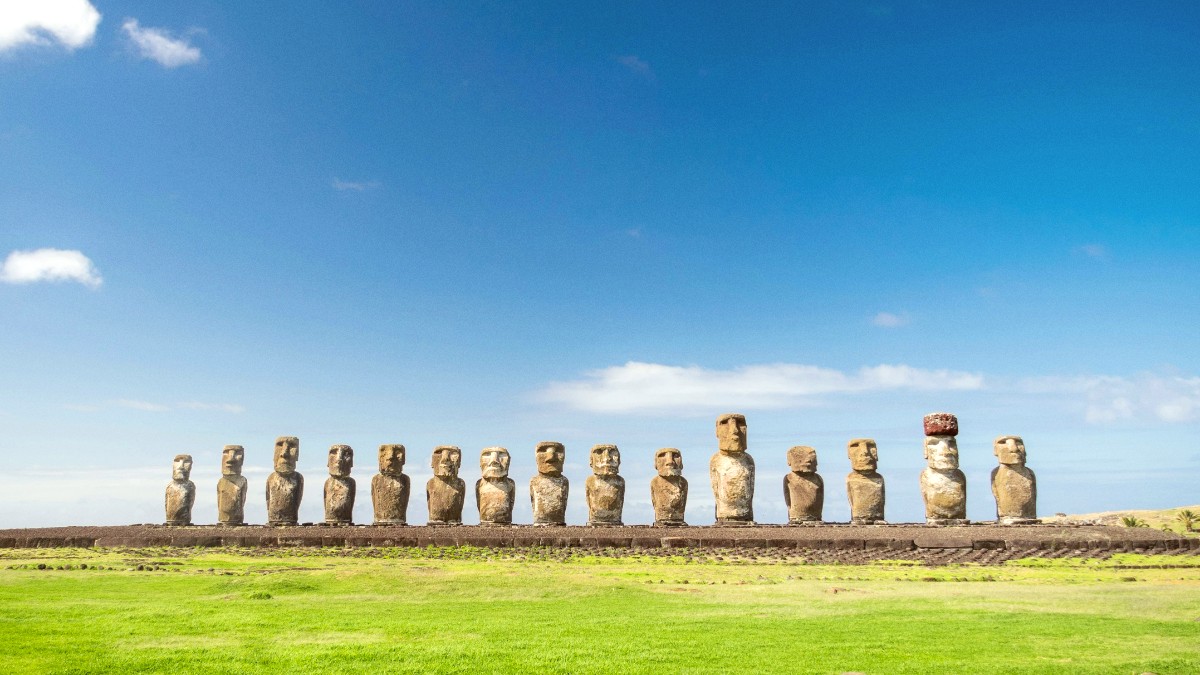
Chile
A 24-hour layover is not practical. The long flight and entry procedures make it unrealistic.
A minimum of 3 full days is good for an adequate island experience.
Tailored plans for different trip durations.
This duration allows for a more relaxed pace and a wider range of activities.
A two-week trip to Easter Island alone is uncommon due to its size.
Instead of a two-week stay on the island, combine a 5-7 day Easter Island itinerary with exploration of mainland Chile.
Adjust your activities and pace to match your energy levels and interests.
A few points to consider when planning any length of stay on Easter Island.
The journey from Santiago to Easter Island is approximately 5.5 hours.
Allow time for entry procedures upon arrival, including national park ticket purchase.
The island operates on a relaxed pace, factor this into your daily plans.
Tailor your itinerary to what captures your interest most.
Prioritize Rano Raraku (Moai quarry), Ahu Tongariki, Orongo, Ahu Akivi, and Ahu Tahai.
Focus on restaurants in Hanga Roa specializing in fresh seafood. Seek small eateries for fresh empanadas.
Plan hikes to Terevaka and around the Rano Kau crater rim. Dedicate time to water activities.
Mix Moai sightseeing with enjoyable beach time at Anakena.
Focus on the different styles of Moai carving at Rano Raraku.
Spend time at the serene coastal sites, especially during sunrise or sunset, to connect with the island's powerful energy.
Easter Island can be expensive. These plans assist with managing costs.
Accommodation: Opt for hostel dorms or camping at designated sites like Camping Mihinoa.
Accommodation: Stay in a mid-range cabañan or guesthouse, often offering a good balance of comfort and value.
Accommodation: Choose a high-end hotel or boutique resort, enjoying premium amenities and services.
Travel during shoulder or low season to benefit from lower prices for flights and accommodation.
Each season on Easter Island presents unique opportunities and considerations.
This period is best for swimming, snorkeling, and diving due to warmer water and calmer seas.
Fewer crowds and lower prices characterize the winter months.
Plan your visit specifically around the Tapati Rapa Nui Festival in early February for a deep cultural immersion experience.
Embrace the quieter atmosphere and fewer crowds during the low season.
Winter months can bring stronger winds and rain, especially in open areas.
Pack waterproof clothing and sturdy footwear for comfortable exploration in these conditions.